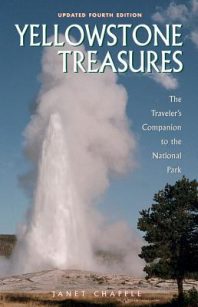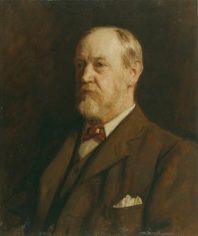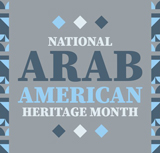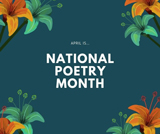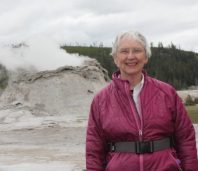
Author Janet Chapple at Castle Geyser
Janet Chapple, editor of Through Early Yellowstone: Adventuring by Bicycle, Covered Wagon, Foot, Horseback, and Skis, sat down with the publisher and editor of Granite Peak Publications to discuss her latest book, an anthology of travel accounts in the park dating from 1870 to 1916.
Q: What inspired you to put together this book?
A: Finishing a book after years of work is a little like the day your first child is born. The joy is great, but the question comes up, what am I to do next? This happened to me while I was wandering the aisles of Book Expo America in the spring of 2002. Yellowstone Treasures was on display there in the Independent Book Publishers Association booth. But what should be my next project?
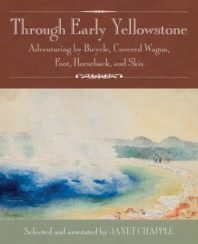 A publishing acquaintance asked me if I had ever thought of compiling a nonfiction anthology of Yellowstone pieces. That evening I kept thinking about all the interesting old journal entries and magazine articles I had come across while researching for my guidebook. It took me almost no time to decide I’d like to choose and share the best of these.
A publishing acquaintance asked me if I had ever thought of compiling a nonfiction anthology of Yellowstone pieces. That evening I kept thinking about all the interesting old journal entries and magazine articles I had come across while researching for my guidebook. It took me almost no time to decide I’d like to choose and share the best of these.
Q: How long did the research and writing take?
A: In the summer of 2002 I began with Brown University’s John Hay Library, a gold mine as a place to begin, but the Providence Public Library, which had been collecting materials since the latter part of the nineteenth century, also turned out to be valuable. My first references came from the thorough bibliographies of Paul Schullery’s Old Yellowstone Days and Judith Meyer’s The Spirit of Yellowstone, as well as many other classics I found in my personal Yellowstone library. As with all interesting research projects, one thing led to another, until I had read and taken notes on over 250 different historic items over a period of about ten years. During those years I branched out to using the research libraries in Yellowstone, at the University of Wyoming, and several in the San Francisco Bay Area, to which I had moved in 2005.
A: My goal is to both illustrate Yellowstone Park’s early history and entertain the reader. I chose to begin with the decade when the world’s first national park was set aside—the 1870s—and end before World War I and before automobiles were allowed into Yellowstone—1916. All the works are previously published magazine articles or book chapters, presented complete and unedited. Scattered chronologically between these longer writings are interesting or amusing anecdotes and other short pieces. Keeping in mind how Yellowstone and the world have changed a great deal in the century and a half since 1870, I have tried to clarify anything that might be confusing to a twenty-first century reader by providing short explanations and detailed endnotes.
Q: How will readers benefit from reading your book?
A: Visitors to Yellowstone can learn something about park history and what people thought as its marvels were gradually opened up to everyone. Through Early Yellowstone shows how Yellowstone National Park changed from being a curiosity that only a few privileged people could access to a leading destination for travelers from all over the world. Readers will experience the park in the winter, find out how trout got into remote Yellowstone Lake, and make the acquaintance of three very different adventurous women. These long-ago adventurers will inspire new ones.
Q: Why did you choose this cover?
A: I am delighted to be able to present a gallery of sketchbook watercolors painted by Thomas H. Thomas in 1884 and never before seen in North America. Since I first saw them in the archives of the National Museum of Wales in Cardiff, I have known I wanted to include these unique paintings in my anthology. Several could beautifully grace the cover of a book, but the painting of Grand Prismatic Spring is both the most colorful and one of Thomas’s most finished efforts. This painting also represents the area around Midway Geyser Basin faithfully and represents the time in history when Thomas was there, with men and horses in the background and no boardwalks to protect the features—and the people. My hope is that one day an American museum will mount a special exhibition of Thomas’s Yellowstone watercolors and the engravings made from them that appeared in his two-part article, “Yellowstone Park Illustrated.”
Q: Today, what would be similar or different from the conditions the adventurers encountered in your book? Do you think a walking, skiing, cycling, or equestrian trip would be worthwhile?
A: Visitors today do all those things in Yellowstone, but their scope is typically more limited. I doubt if anyone would think of walking the entire Grand Loop Road in the summertime as C. H. Henderson did, with all the traffic now; in fact, it would be both dangerous and unpleasant to do so. However, there are hundreds of miles of trails, so walking off the roads can be delightful. Keep in mind that encountering aggressive bears seems to be more common now than a century ago, probably because Yellowstone bears are so accustomed to humans these days.
Cross-country skiing is possible and encouraged on many trails—and the bears are hibernating for a few months each winter (though the winters are now shorter). All skill levels of ski trails can be found at Big Sky, a short distance off U.S. Highway 191, about halfway between Bozeman and West Yellowstone, Montana, and also near Jackson, Wyoming and Driggs, Idaho.
Biking on the main roads can also be dangerous, but there are now organized long-distance bike tours.
Many outfitters take both experienced and inexperienced horseback riders for overnight backcountry trips, and a few people still bring their own horses, but again, the main roads need to be left to cars, trucks, buses, RVs, and the like.
Janet Chapple’s love affair with Yellowstone goes back to early childhood days when her parents worked in Old Faithful Inn. Born and raised in Billings, Montana, she founded Granite Peak Publications to publish the guidebook Yellowstone Treasures in 2002. Then she began her larger project of researching early writing about the park, which led to Through Early Yellowstone.
